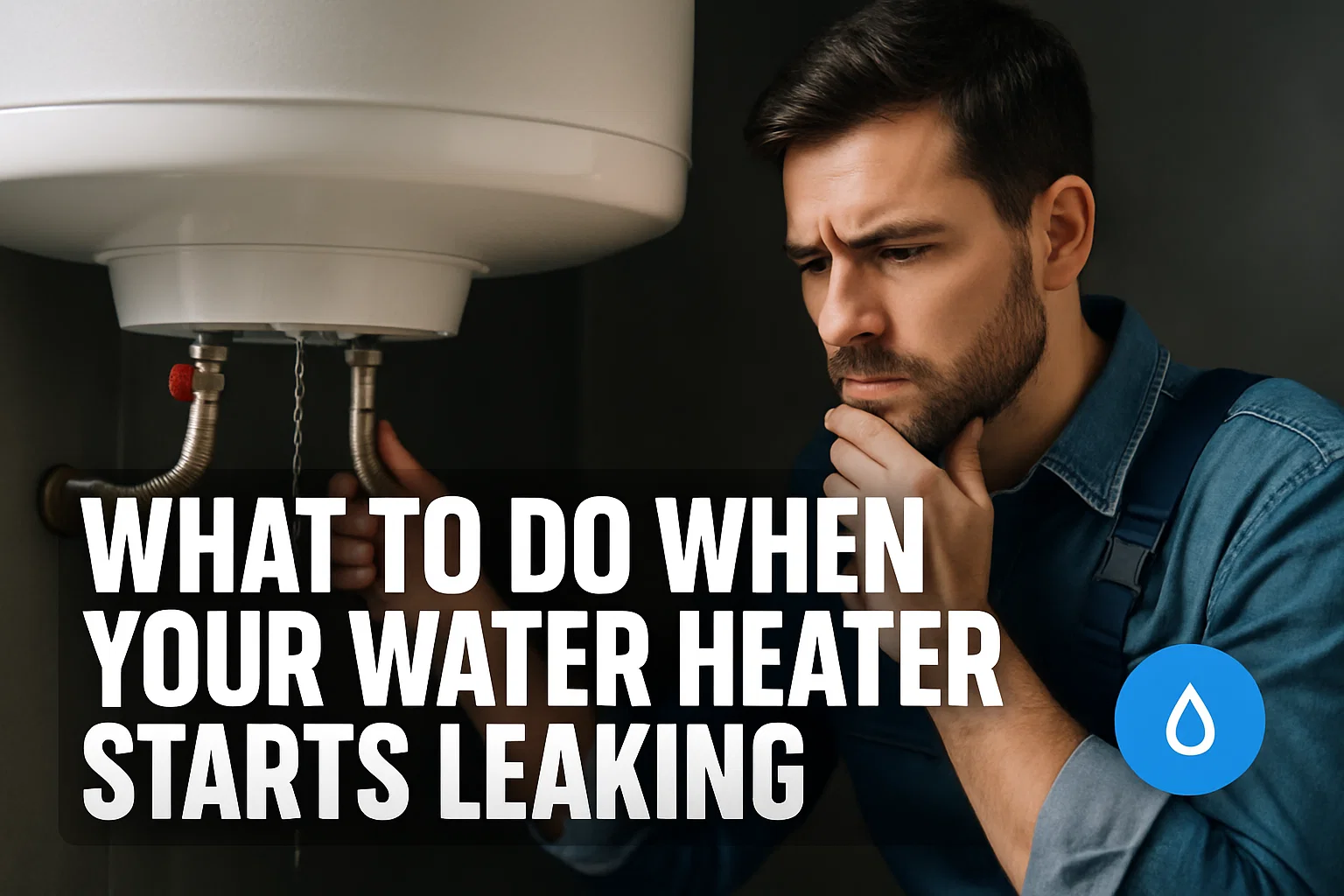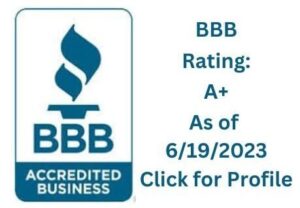Water damage in a home or business can be a nightmare, and it often comes with hidden dangers that are not immediately visible. Among the most serious threats that can arise after water damage is the growth of mold. Mold can be highly dangerous, not only to the structure of the building but also to the health of the people living or working in it. Mold remediation is a crucial step that should never be overlooked when water damage occurs.
In this blog, we will explore why mold remediation is so important after water damage, the risks associated with mold, how mold grows, and why professional remediation is essential for ensuring a safe environment.
Understanding Mold and Its Growth
Mold is a type of fungus that thrives in damp, humid environments. It can grow on almost any organic material, including wood, drywall, carpet, and insulation. When water damage occurs in a building, whether from flooding, leaks, or a burst pipe, it creates the perfect environment for mold to grow.
Mold spores are always present in the air around us, but they remain dormant until they come into contact with moisture. Once the spores find a suitable environment—such as a wet surface or material—they begin to grow and reproduce. In as little as 24 to 48 hours, mold can start to colonize and spread rapidly.
The process of mold growth is not only unsightly but can also cause significant damage to building materials. Mold can weaken structural elements like wood beams and drywall, leading to costly repairs. Moreover, the longer mold is allowed to grow unchecked, the more challenging it becomes to remove, making early intervention essential.
Health Risks Associated with Mold
One of the biggest reasons mold remediation is so important after water damage is the potential health risks that mold exposure can pose. Mold produces mycotoxins, which are toxic compounds that can trigger a range of health issues when inhaled or touched. Individuals with mold allergies are particularly vulnerable, but mold exposure can affect everyone, especially in poorly ventilated areas or places where mold growth is widespread.
Health problems linked to mold exposure include:
- Respiratory Issues: Mold spores can irritate the lungs, leading to coughing, wheezing, and shortness of breath. Individuals with asthma or other respiratory conditions may experience exacerbated symptoms, and mold exposure can even trigger asthma attacks.
- Allergic Reactions: Common symptoms of mold allergies include sneezing, nasal congestion, itchy or watery eyes, and skin rashes. In severe cases, mold exposure can lead to more severe allergic reactions, including sinus infections.
- Infections: Mold can sometimes lead to fungal infections, particularly in individuals with weakened immune systems. Prolonged exposure to mold can make people more susceptible to infections like pneumonia or sinusitis.
- Neurological Effects: In rare cases, prolonged mold exposure has been linked to neurological symptoms, such as headaches, dizziness, memory problems, and mood changes. Although research is ongoing, these effects are a serious concern.
Given the range of health issues associated with mold, it is essential to address the problem quickly to minimize risks to health.
Why Mold Remediation is Crucial
After water damage occurs, immediate attention should be paid to mold prevention and remediation. Simply removing the water is not enough. Mold will still have the potential to grow if the environment remains damp or humid. This is where professional mold remediation comes into play. Here are the key reasons why mold remediation is essential:
1. Prevents Health Hazards
As mentioned, mold can cause serious health problems. Mold remediation professionals use specialized equipment and techniques to remove mold safely. This ensures that the spores are not spread further into the air, which could lead to widespread contamination and increased health risks. By dealing with mold quickly and effectively, you reduce the chance of health issues for yourself, your family, or your employees.
2. Stops Structural Damage
Mold is not just a health hazard; it also damages the structure of your home or business. If left untreated, mold can cause rot, weaken walls and floors, and damage insulation and other building materials. Mold remediation professionals will identify and remove mold growth from hidden areas such as behind walls or under flooring, preventing further structural damage. This helps maintain the integrity of the building and prevents costly repairs down the line.
3. Prevents Future Mold Growth
Effective mold remediation doesn’t just remove existing mold; it also helps prevent future mold growth. Remediation experts will clean and disinfect affected areas, repair water sources that may have caused the damage, and improve ventilation to reduce moisture levels. These steps help to create an environment that is less conducive to mold growth, lowering the chances of a recurrence.
4. Professional Expertise
Mold remediation professionals have the training and experience to handle mold safely and effectively. They use industrial-grade tools, such as HEPA vacuums, air scrubbers, and specialized cleaning agents, to ensure mold is completely removed. Additionally, they follow strict safety protocols, including wearing protective gear, to minimize exposure to mold spores. DIY mold removal may not be thorough, and without the proper equipment, mold spores can be disturbed and spread, exacerbating the problem.
5. Insurance Coverage
In many cases, mold remediation after water damage may be covered by insurance, especially if the damage is caused by a covered event such as a burst pipe or storm. It’s important to check with your insurance provider to understand your coverage. A professional mold remediation company can assist with filing insurance claims and may even work directly with your insurer.
How Professional Mold Remediation Works
Professional mold remediation involves several key steps to ensure the complete removal of mold and prevention of future growth:
- Assessment: Mold remediation experts begin by inspecting the property for signs of mold and water damage. They identify the source of moisture and determine the extent of mold growth.
- Containment: To prevent the spread of mold spores to other areas of the property, the affected area is sealed off. This often includes using plastic sheeting and negative air pressure machines to ensure the mold spores are contained.
- Removal: The mold is physically removed from surfaces and materials. In some cases, materials like drywall or carpeting may need to be discarded if the mold infestation is too severe.
- Cleaning and Sanitizing: Once the mold is removed, the affected areas are cleaned and sanitized using antimicrobial solutions to eliminate any remaining spores.
- Drying and Dehumidification: After the mold is gone, the area is thoroughly dried to ensure that moisture levels are reduced, preventing further mold growth. Dehumidifiers are often used during this phase.
- Restoration: If any materials were removed during the process, such as drywall or insulation, they are replaced to restore the affected area to its pre-damaged state.
Conclusion
Mold remediation is an essential step in protecting both the health of the building’s occupants and the structure of the building itself after water damage. By acting quickly and bringing in professionals, you can prevent the health risks and structural damage that mold can cause. Mold remediation ensures that the property is safe, healthy, and mold-free, offering peace of mind and protecting your investment. If you’ve experienced water damage, don’t wait—contact a professional mold remediation service today to address the issue before it becomes a bigger problem. For reliable mold remediation and water damage services, visit Green Water and Fire for expert assistance.


















